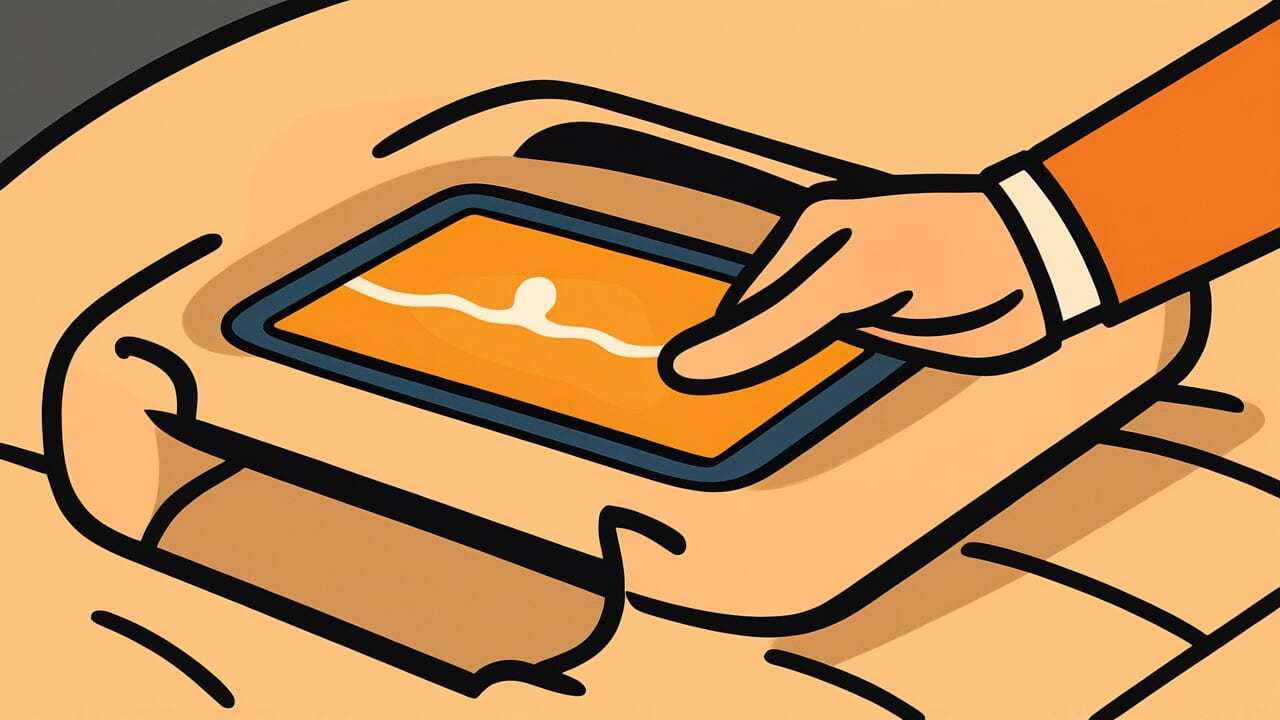How to Read “Behind the back, there’s another back”
Ura ni wa ura ga aru
Meaning of “Behind the back, there’s another back”
“Behind the back, there’s another back” means that things have hidden circumstances or truths beyond what appears on the surface.
It shows that situations we think we understand, or the first hidden reasons we discover, aren’t the whole story. There are often additional hidden reasons or backgrounds even deeper than what we initially found.
This proverb is used in human relationships and business situations to warn against superficial judgment.
Even when you think you understand someone’s reasons for acting a certain way, there might be yet another intention or circumstance hidden behind that. The saying encourages a careful attitude.
Even in modern society, there are often deeper circumstances hidden behind information we see on social media, content reported in the news, and words people speak.
This phrase remains relevant today as a reminder not to be satisfied with our first understanding. It teaches us the need to look at things more deeply.
Origin and Etymology
No clear written records remain about the origin of this proverb. However, we can make interesting observations from how the phrase is constructed.
The word “ura” (back/behind) has been used in Japanese since ancient times to refer to the invisible side of things and hidden parts.
The contrast between “omote” (front/surface) and “ura” (back/hidden) is an extremely important concept in Japanese culture. The lining of kimono, the front and back of buildings, and “tatemae” (public stance) versus “honne” (true feelings) in human relationships all reflect this.
Japanese people have always been conscious of “what appears on the surface” and “what is hidden.”
What makes this proverb interesting is that it shows a double structure: “behind the back, there’s another back.”
It’s not simply “there’s a back.” By using the expression “behind the back, there’s another back,” it expresses the complexity and multi-layered nature of things.
It brilliantly captures the complex structure of human society. What seems to be a hidden truth might have yet another circumstance even deeper behind it.
This expression likely emerged and became established during the Edo period as merchant culture and human relationships grew more complex.
The phrase embodies the wisdom of our ancestors. They understood that superficial understanding alone cannot reach the truth. Careful observation and insight are necessary.
Usage Examples
- It was strange how that contract was suddenly finalized, but behind the back, there’s another back—it was apparently part of another big deal
- I was convinced when I heard why she suddenly quit, but behind the back, there’s another back, so you should wait and see a bit longer
Universal Wisdom
The proverb “Behind the back, there’s another back” contains deep insight that sees through the essential complexity of human society.
Why was this phrase born, and why has it been passed down for so long?
It’s because humans are creatures who instinctively hide their true intentions. For survival, to keep relationships smooth, or to protect their own interests, we don’t always reveal everything.
This isn’t a matter of good or evil. It’s the nature of humans as social creatures.
What’s even more interesting is that this proverb shows a double structure: “behind the back, there’s another back.”
Once people think they “know the truth,” they tend to stop thinking. But our ancestors saw that this moment of “understanding” is precisely when danger lies.
Even the first hidden circumstances we discover might actually be just another surface hiding an even deeper truth.
This wisdom teaches us the limits of human perception. We always have only partial information.
That’s why humility is necessary. We need the caution not to make judgments too quickly.
This universal truth is what keeps this proverb alive across the ages.
When AI Hears This
The phrase “Behind the back, there’s another back” actually has a mathematically infinite structure.
There’s a concept called fractals. Coastlines make this easy to understand. When you magnify a coastline on a map by 10 times, or even 100 times, similar jagged patterns keep appearing.
In other words, no matter how closely you look, the state of “there are still more details” continues forever.
Human paranoia has the same structure. Suppose you find a hidden intention behind some event. But there might be another intention behind that back. And yet another behind that.
This thinking can theoretically continue infinitely. People who fall into conspiracy theories keep saying “the truth is even deeper” because they’re unconsciously following a fractal structure.
As mathematician Mandelbrot discovered, complexity repeats in a self-similar way at each level.
Here’s an important discovery. Fractal figures have no “minimum unit.” In other words, there can be no endpoint that is “the final back” in principle.
What we think of as “truth” is actually just something relative that changes depending on the scale at which we observe.
The truth measured with a one-meter ruler and the truth measured with a one-millimeter ruler show different faces.
Lessons for Today
What this proverb teaches you today is the importance of developing the habit of looking at things from multiple angles.
Information flowing through social media, news headlines, stories you hear from people—we encounter countless pieces of information every day.
The moment you think you “understand” might be exactly when you should pause. Is that really everything? Are there other perspectives?
This doesn’t mean you should become suspicious. Rather, it’s an attitude of enjoying the richness and complexity of the world.
Don’t be satisfied with superficial understanding. Try thinking one step deeper. By doing so, your relationships will deepen and your judgments at work will become more accurate.
What’s especially important is thinking “behind the back, there’s another back” about your own actions and emotions too.
Why did you feel that way? What’s the real reason? By deepening your self-understanding, you’ll be able to live more freely and wisely.
Have the courage to look not just at the surface, but at the truth that lies beneath it.



Comments